
Falcata ibérica de acero
El armamento Ibérico. Vol. I Vol 1/2 of QUESADA SANZ, F. (1997): El armamento ibérico. Estudio tipológico, geográfico, funcional, social y simbólico de las armas en la Cultura Ibérica (siglos VI-I a.C.). Monographies Instrumentum, 3, Montagnac. Ed. Monique Mergoil. 1997 • Fernando Quesada-Sanz Download Free PDF View PDF
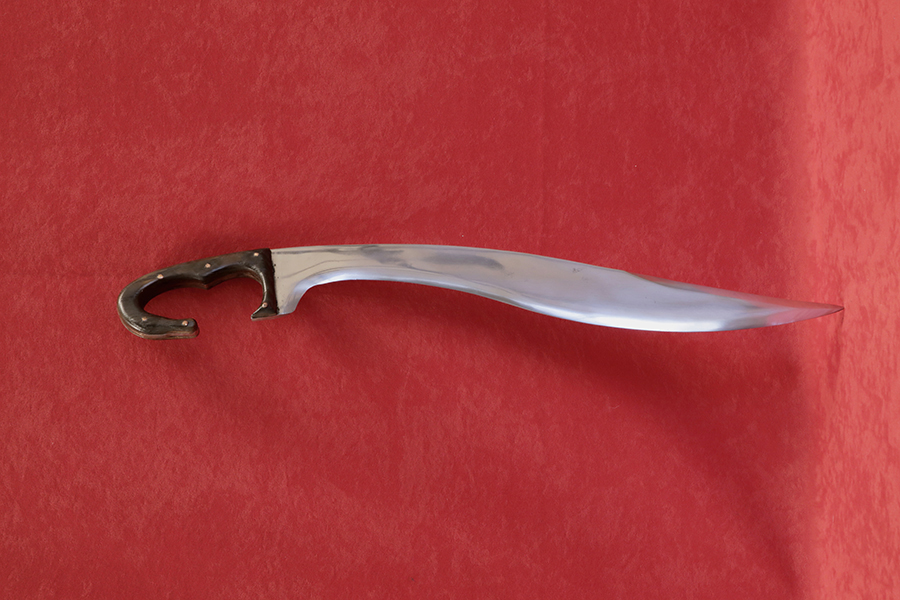
Falcata Ibérica Falcata Sencilla
An Iberian falcata in the British Museum (one six dating to between 500 to 25 BC) showed an inhomogeneous wrought iron structure with fine iron carbide or carbonitride precipitates. The blade was covered with a fine dark shiny coating of magnetite which is briefly discussed. See Full PDF Download PDF
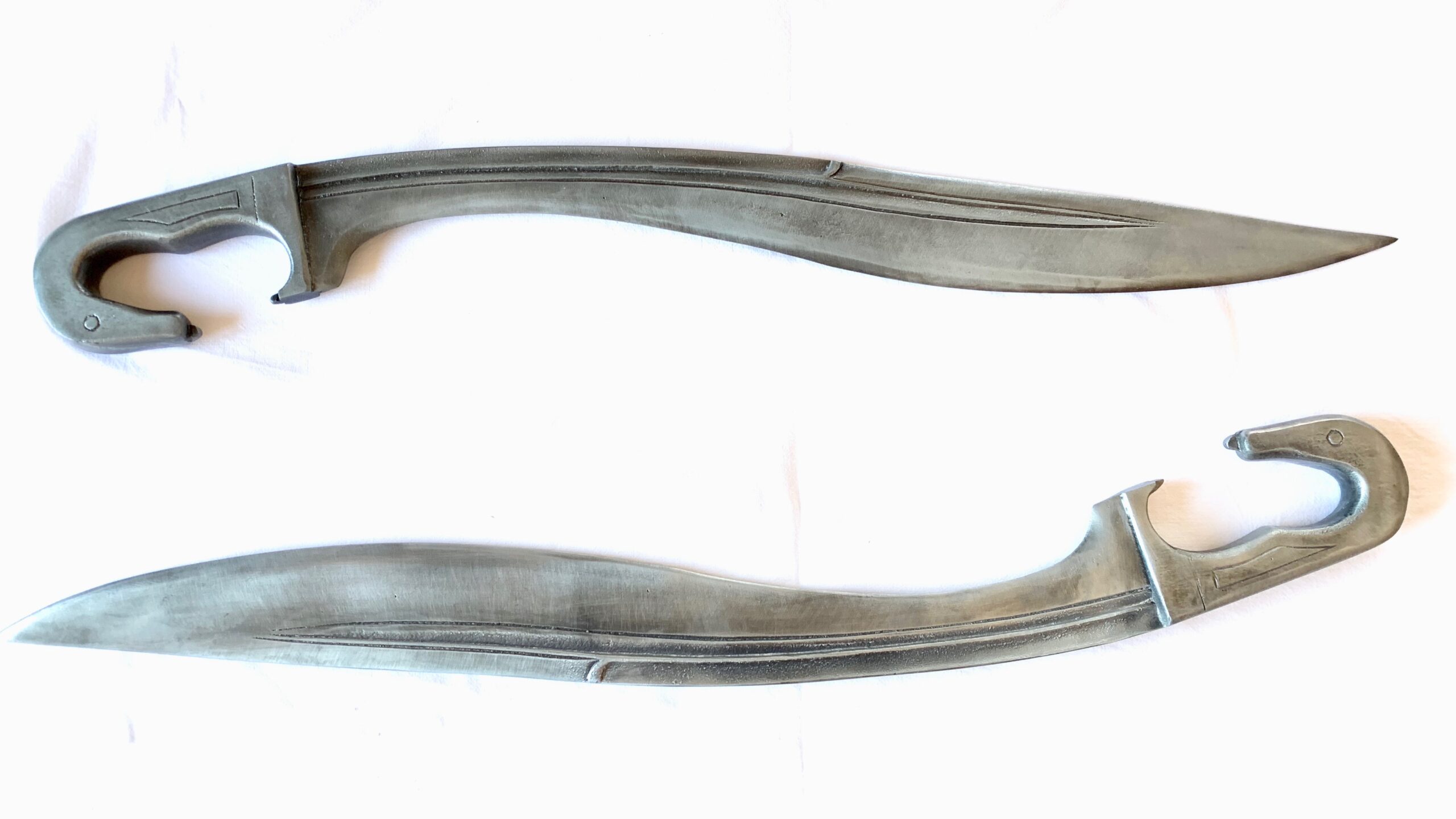
Falcata Ibérica. Reproducción.
Falcata iberica. Author: Museo Arqueológico Nacional (Spain) Print Book, Spanish, [1916] Edition: View all formats and editions. Publisher: G.P. Putnam's Sons, New York, [1916] Series: Publications of the Hispanic Society of America, no. 106. Physical Description: 1 preliminary leaf 2 color plates 35 cm.

FALCATA IBERA TEPLVM REPRODUCCIONES ARQUEOLÓGICAS
Réplica de falcata ibérica de Almedenilla en la que se aprecian todos los detalles característicos y el tono oscuro del metal original. Existe el mito de que los romanos, en sus Guerras Púnicas y la conquista de Iberia, se vieron abrumados por el poder devastador de esta nueva arma que los obligó a reforzar su equipo defensivo.

Pin en La Tienda del Museo
FALCATA IBÉRICA - La HISTORIA de la ESPADA ÍBERA Yo soy Roderich 1.59K subscribers Subscribe 12K views 1 year ago #yosoyroderich #falcata #armasmedievales Breve HISTORIA de la FALCATA IBÉRICA.
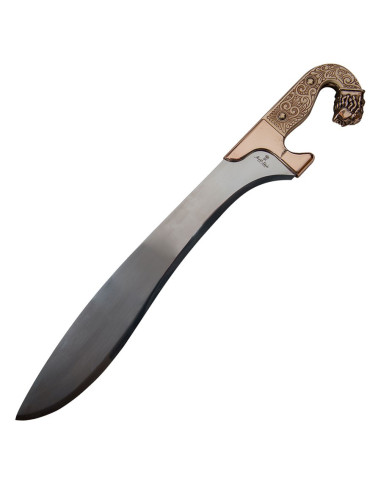
Falcata Ibérica Bronce ⚔️ Tienda Medieval
In the ancient world, the Iberians had the falcata and the Greeks had the very similar kopis. The hilts were decorated often with horse or bird-themed shape.
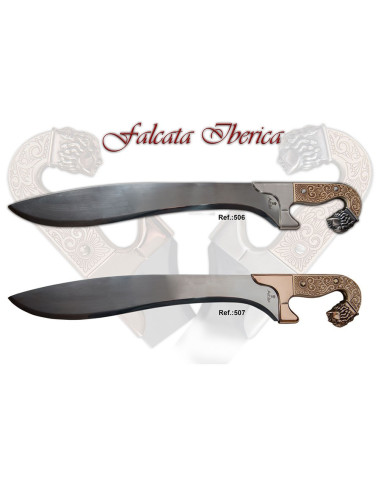
Falcata Ibérica Plata ⚔️ Tienda Medieval
Description La falcata es un arma característica de los pueblos ibéricos. Ésta, de unos 60 cm de longitud, está forjada en hierro y datada entre finales del siglo V a.C. y princiios del III a.C. Se encontró en la necrópolis de Los Collados, Córdoba. Date 28 August 2016, 11:02 Source Falcata ibérica Author Ángel M. Felicísimo from Mérida, España
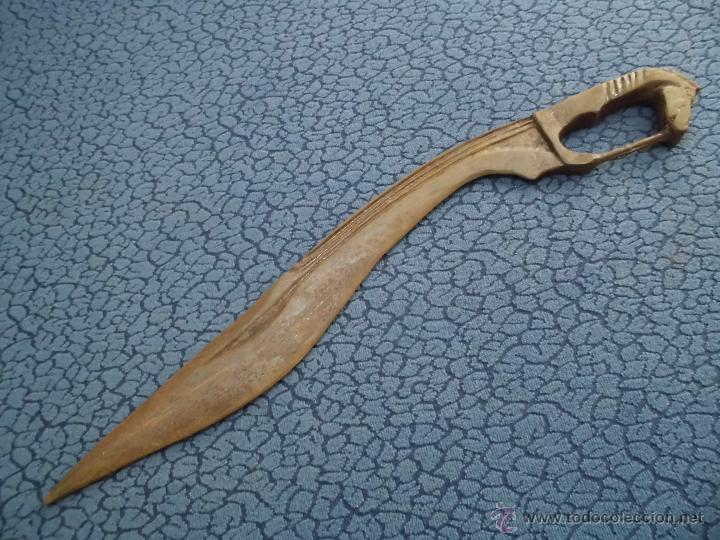
falcata iberica Comprar Armas Blancas, Reproducciones y Piezas Decorativas en todocoleccion
An Iberian falcata sword, 399-200 BCE. (National Archeological Museum of Spain, Madrid) An Iberian falcata sword, 399-200 BCE. (National Archeological Museum of Spain, Madrid). When republishing on the web a hyperlink back to the original content source URL must be included. Please note that content linked from this page may have different.
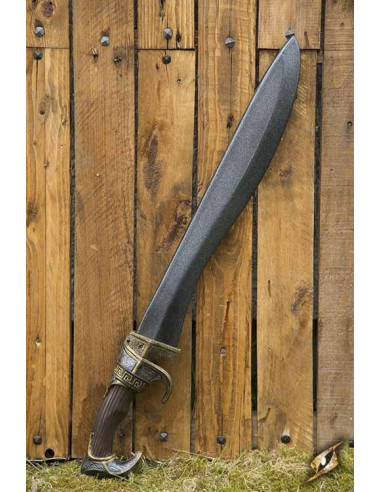
Falcata Ibérica LARP ⚔️ Tienda Medieval
The falcata was a unique weapon tailored for its user originating from pre-Roman Iberia. No two falcatas were identical, as they were individually crafted according to the owner's arm measurements. This sword played a pivotal role in warfare within the ancient Iberian peninsula, particularly among the southern Iberian tribes and other Hispanian communities.
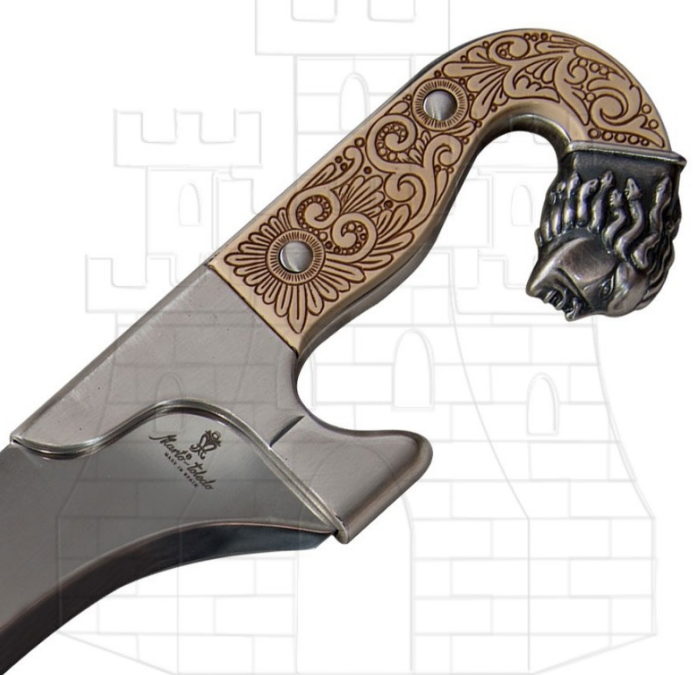
Falcata Ibérica Plata ⚔️ TiendaMedieval ⚔️
The original prototype of the Roman gladius hispaniensis is probably the Celtiberian version of the originally Gaulish La Tene I sIword, heavily modified in the Meseta during the 3rd centurv BC, involving changes in blade lenght and aboye all in the suspension system. Download Free PDF View PDF
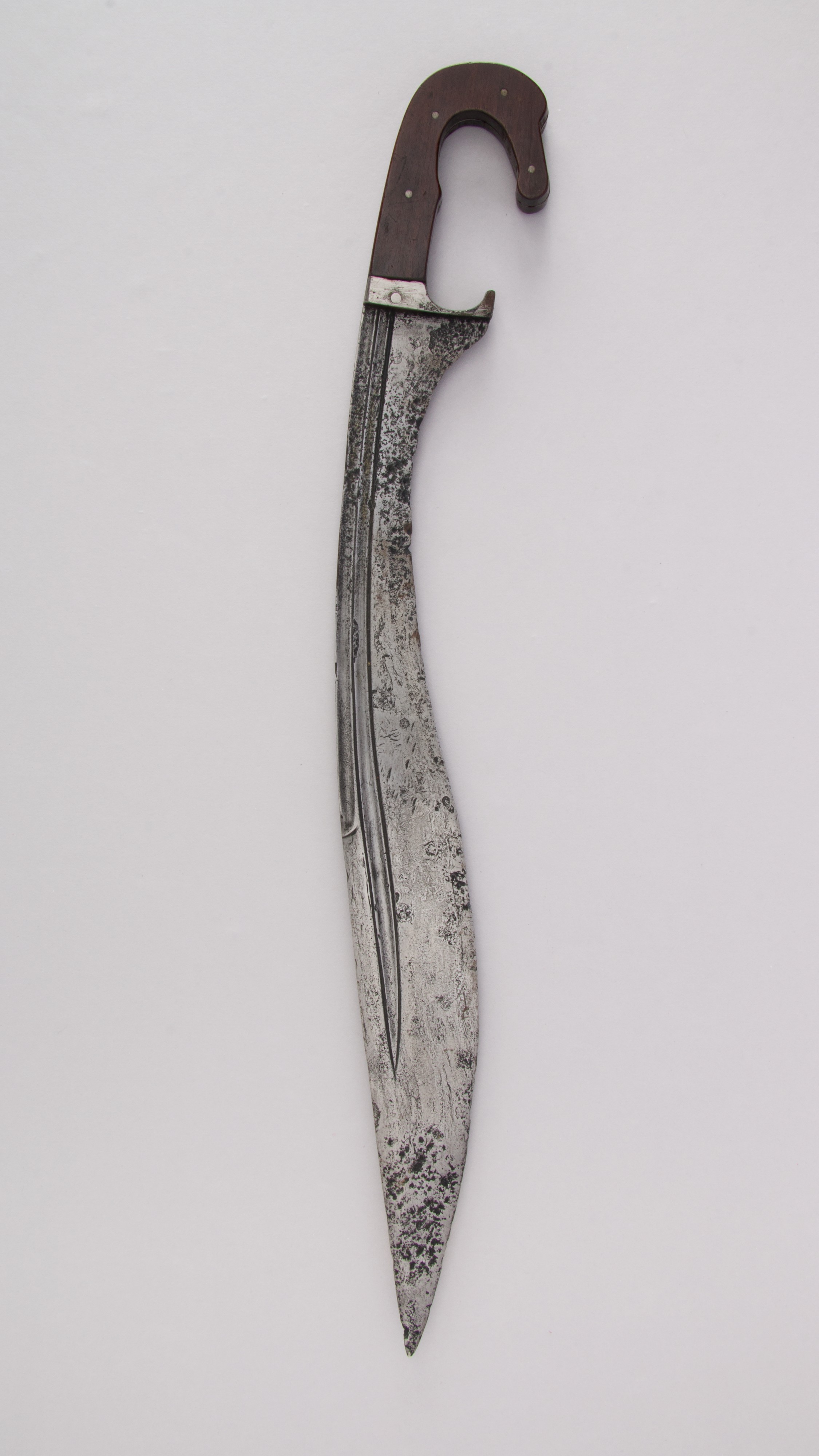
Sword (Falcata) Iberian The Metropolitan Museum of Art
La falcata es una espada de filo curvado originaria de la Iberia prerromana. Su uso está históricamente asociado con las poblaciones del sureste de la península ibérica durante la conquista de Hispania, donde constituye una de las armas blancas nativas más emblemáticas de la Antigüedad. Nombre

Falcata íbera, Artesanía y Espadas de Toledo
The famous bust of the "Lady of Elche", probably a priestess. "Warrior of Moixent" Iberian (Edetan) ex-voto statuette, 2nd to 4th centuries BC, found in Edeta. The Iberians ( Latin: Hibērī, from Greek: Ἴβηρες, Iberes) were an ancient people settled in the eastern and southern coasts of the Iberian peninsula, at least from the 6th.
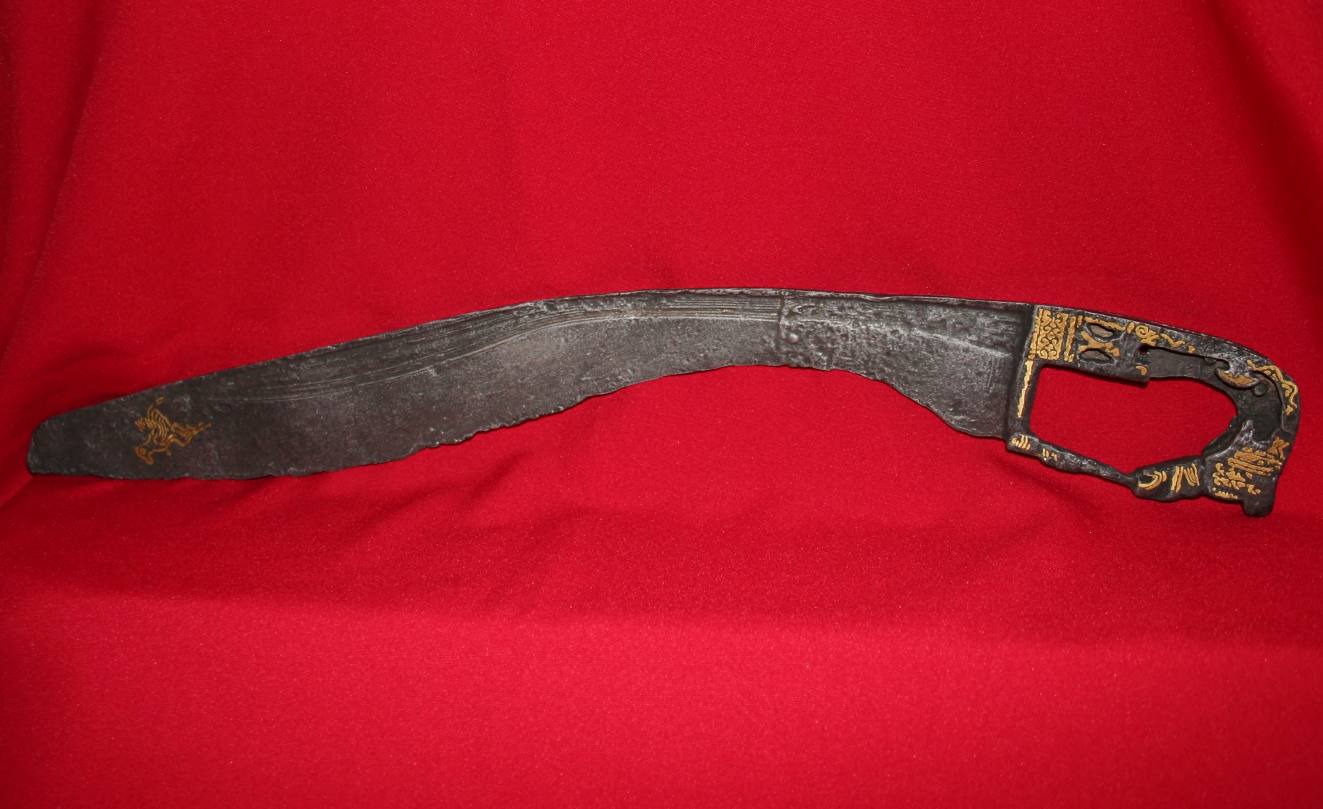
Falcata Iberica Con Vaina Y Cuchillo Siglos IV al II a.C.
Origin The falcata-like swords were derived from the sickle-shape knives of the Iron Age; that too explains their ritual uses. It is thought to have been introduced in the Iberian Peninsula by the Celts who spread the iron technology. It seems that its origin is parallel to the Greek kopis and is not derived from it. Quality and manufacture

Falcata Ibérica Falcata Sencilla
The falcata was one of the highest quality blades of the Mediterranean when made by expert Iberian smiths. To test the quality a soldier would place the blade flat on his head and pull down on the tip of the blade and the end of the handle until they touched his shoulders. Upon letting go the sword sprung back to its original shape with no hint.
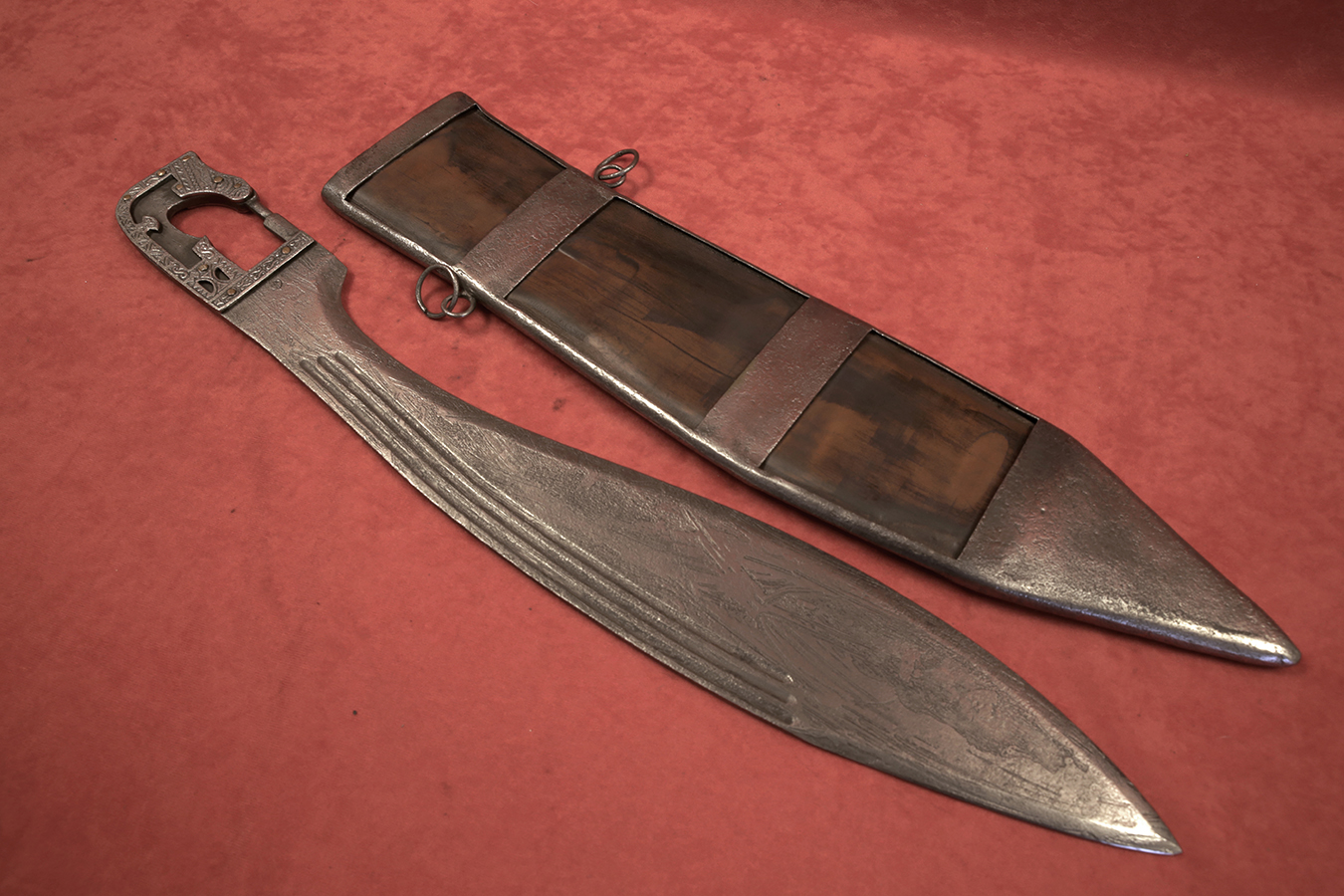
Falcata Ibérica Falcata Cabeza de Caballo
Falcata ibérica. Los autores antiguos describen a los guerreros iberos vestidos con túnicas cortas blancas con ribetes de púrpura y sus falcatas íberas en la mano. Probablemente las túnicas no fueran "blancas", sino del color natural de la lana, al igual que ocurre con las togas romanas, y probablemente la púrpura de los ribetes no fuera.

Falcata ibérica funcional artesanal com bainha, lâmina 60 cm. ⚔️ Loja
The falcata was a popular type of sword in the Iberian Peninsula from the fifth to the first century B.C. Closely related in form to slashing weapons found in Greece, it is distinguished by the fact that its blade is double-edged for about half of its length, whereas Greek specimens normally have a single cutting edge.